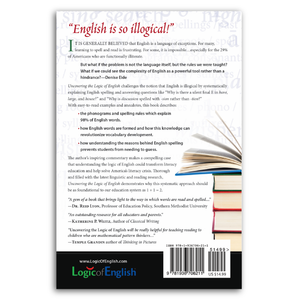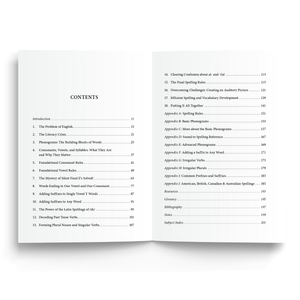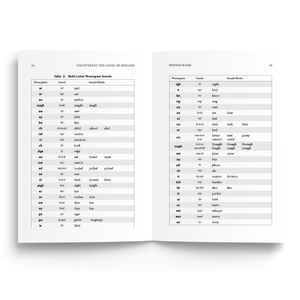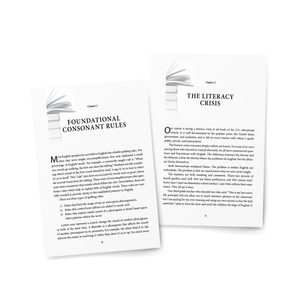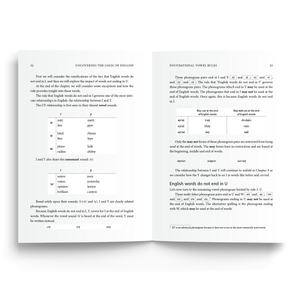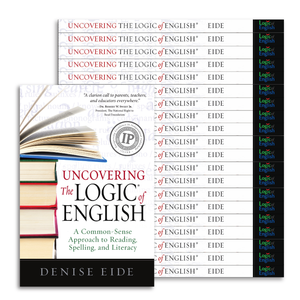In Episode 1 of Emily Hanford’s new podcast, Sold a Story, she speaks with Corinne Adams about how her son Charlie is being taught to read using a combination of phonics and the cueing method. Corinne is baffled because although the students are being taught some spelling and phonics patterns, they are not encouraged to use them when reading books.
In addition, the books include patterns the students have never been taught, such as this sentence from "Chicken Soup with Rice" by Maurice Sendak:
In December I will be a baubled, bangled Christmas tree.
Let’s take a closer look at this sentence, considering the most commonly known phonics rules. Each of the letters in red represents a letter-sound combination that might be thought of as an exception.
Each of these words is decodable. Do you know how to explain them?


The word “a” is commonly taught as a sight word. But it is not an exception. It is an example of schwa! Any vowel may say its schwa sound /ŭ/ in an unstressed syllable or an unstressed word. Since schwa is the most common vowel sound in English, when students do not understand schwa, hundreds of thousands of words become exceptions.

This is an example of the phonogram AU. AU says /ӓ/ as in author, applaud, audio and auto.

Many students will sound out the ED as /ĕd/. In both of these words, it is saying /d/. The phonogram ED has three sounds: /ĕd/, /d/ and /t/. Knowing all of them is beneficial for decoding! ED says /d/ in more than 2000 words!

- /k/ as in school, stomach, anchor, echo and choir.
- /sh/ as in chef, machine, Chicago and Charlotte.
Knowing all the sounds is essential for decoding.

What about the silent T? This is an example of how English spelling is a balance of sound and meaning. Christmas is derived from the words Christ and mass.
You will notice your tongue trips if you carefully pronounce Christmas with the /t/. If you say it faster and faster, the /t/ disappears. When speaking, we skip over the /t/ because it's easier to say it that way. We keep it as part of the spelling because it is part of the meaning.

There is schwa again!
Phonogram and Spelling Rules Explain 98 Percent of English Words
When we know accurate phonograms and spelling rules, we have the information to decode and spell 98 percent of English words! This knowledge is essential for turning the tide on literacy. And, it is why Logic of English freely publishes the phonograms and spelling rules! Everyone needs access to this vital information.
I believe that when every parent and teacher can answer their students’ questions about words, we will see a dramatic change in literacy rates.
Join us in empowering students to read by providing students with answers to their questions and by sharing phonics rules that work, because literacy is one of the greatest gifts we can give!







